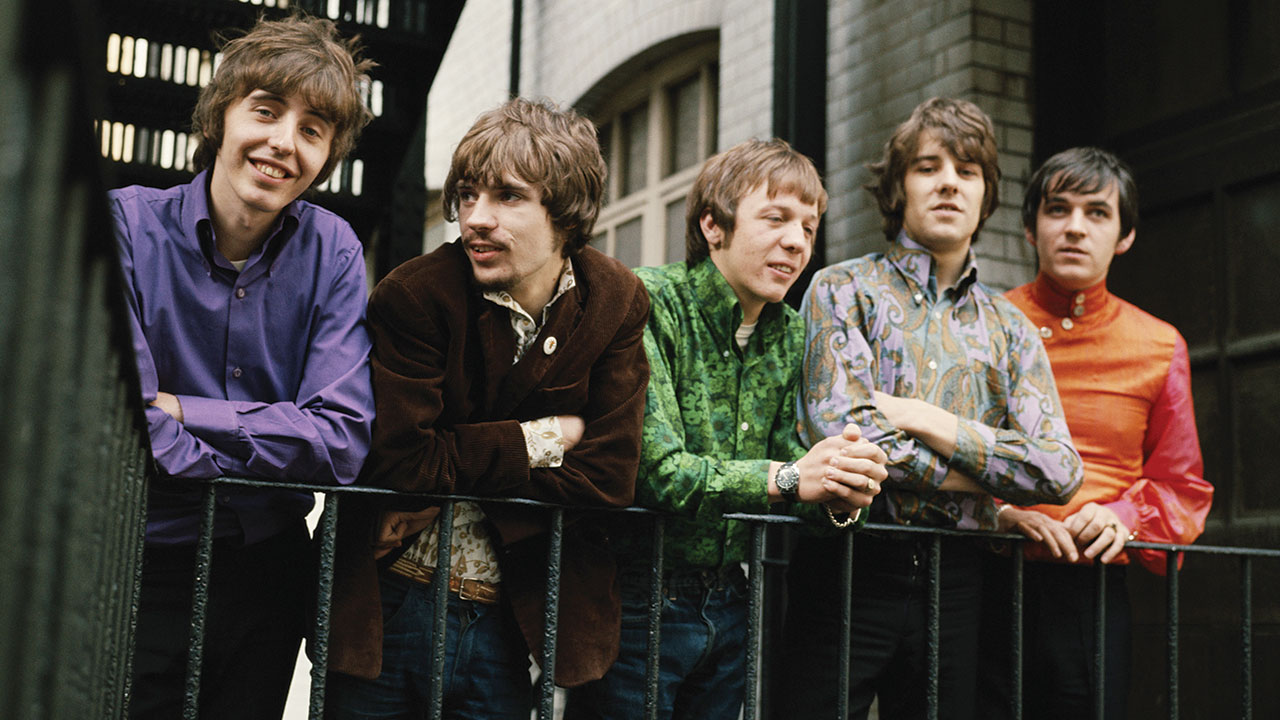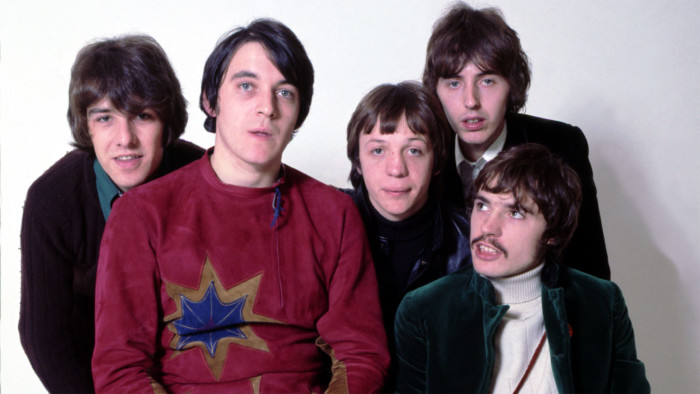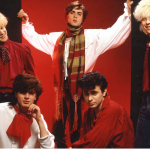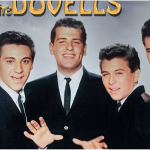“A Whiter Shade of Pale” – Procol Harum

“A Whiter Shade of Pale” by Procol Harum: A Timeless Classic of Baroque Rock
“A Whiter Shade of Pale,” released by Procol Harum in 1967, stands as a landmark in the history of rock music, celebrated for its distinctive blend of baroque and rock influences. Written by Gary Brooker, Keith Reid, and produced by Matthew Fisher, the song captures a unique moment in musical history with its evocative lyrics, orchestral arrangement, and haunting melody. It remains one of the most iconic and enduring songs of the 1960s.
The song opens with a memorable and immediately recognizable organ introduction, played by Matthew Fisher. The organ’s rich, classical sound sets a sophisticated tone, reminiscent of the works of Johann Sebastian Bach. This baroque influence is further emphasized by the song’s orchestral arrangement, which includes strings and a lush, layered texture. The organ and strings create a captivating backdrop that enhances the song’s lyrical and emotional depth.

Lyrically, “A Whiter Shade of Pale” is characterized by its poetic and enigmatic imagery. The lyrics, penned by Keith Reid, evoke a sense of mystery and nostalgia. Lines such as “We skipped the light fandango” and “The music played and played” paint a vivid picture of a surreal and almost dreamlike experience. The song’s narrative is open to interpretation, but it often reflects themes of love, loss, and reflection. The abstract nature of the lyrics invites listeners to find their own meaning and connection to the song.
Gary Brooker’s vocal performance is a highlight of the track. His delivery is both emotive and restrained, capturing the song’s melancholic and introspective mood. Brooker’s voice blends seamlessly with the instrumental arrangement, adding to the song’s overall atmosphere. The combination of his vocal performance with the orchestral backing creates a haunting and memorable listening experience.
The production of “A Whiter Shade of Pale” showcases Procol Harum’s ability to merge classical and rock elements into a cohesive and innovative sound. The song’s orchestral arrangement, combined with its rock structure, was groundbreaking at the time and set a precedent for future fusion of genres. The use of classical influences in a rock context highlights the band’s creativity and musical sophistication.

“A Whiter Shade of Pale” achieved significant commercial success, topping the charts in the UK and other countries, and becoming one of the best-selling singles of the 1960s. Its impact on music can be attributed to its unique sound, evocative lyrics, and the band’s innovative approach. The song remains a classic example of how rock music can incorporate elements of classical music to create something entirely new and enduring.
The legacy of “A Whiter Shade of Pale” extends beyond its initial release, influencing subsequent artists and contributing to the evolution of rock and baroque pop music. Its ability to blend different musical styles and its evocative lyrical content have cemented its place in music history. The song’s enduring popularity reflects its significance and its role in shaping the future of popular music.

In conclusion, “A Whiter Shade of Pale” by Procol Harum is a timeless classic that exemplifies the fusion of baroque and rock music. Through its memorable organ introduction, evocative lyrics, and innovative arrangement, the song captures the essence of the 1960s and continues to resonate with listeners. Its enduring influence and popularity underscore its importance in the history of rock music and its role in pioneering the genre’s evolution.












